The Inspirational Story Of Terry Fox, Who Ran Across Canada With One Leg
Can you believe a man decided to run across an entire country with one leg? It sounds impossible, but Terry Fox, a Canadian athlete who loved to run and compete, did just that. Young Terry was diagnosed with bone cancer, leading to the amputation of his right leg.
Some call him the one-legged Forrest Gump because they believe the coast-to-coast running scene in Forrest Gump was inspired by his courageous journey.
How did he make it? Join us as we explore how his courage and determination continue to inspire people around the globe.
Terry Fox was passionate about sports from a young age
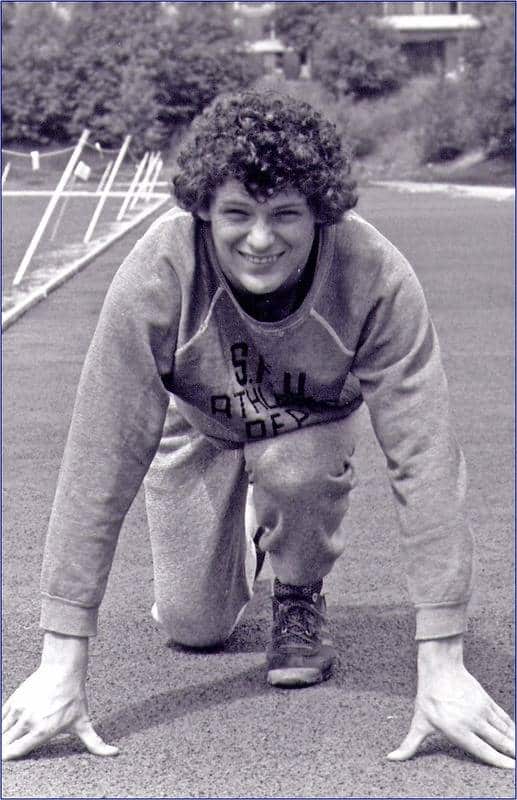
Terry Fox was born on July 28, 1958, in Winnipeg, Manitoba. Eight years into his childhood, his family moved to British Columbia, where he quickly developed a strong passion for sports.
His father often noted how competitive he was. Despite his small size, Terry excelled in basketball and cross-country running, earning him the Athlete of the Year title at his high school.
At 18, Terry enrolled at Simon Fraser University and joined the junior basketball team. One day, while driving home, he crashed into the back of a pickup truck and injured his right knee.
Terry initially ignored the pain and continued playing basketball, hoping it would go away. Unfortunately, the pain worsened, leading him to seek medical advice.

In March 1977, doctors diagnosed Terry with osteosarcoma, a type of bone cancer that often starts near the knees. Terry was shocked when he learned that his leg had to be amputated, and he needed chemotherapy.
Although doctors disagreed on whether the car accident caused the cancer, Terry believed it made his knee vulnerable. He was told that advances in medical treatment had improved his chances of survival from 15 percent to 50 percent, highlighting the importance of cancer research.
He bravely fought against the terrible disease of cancer
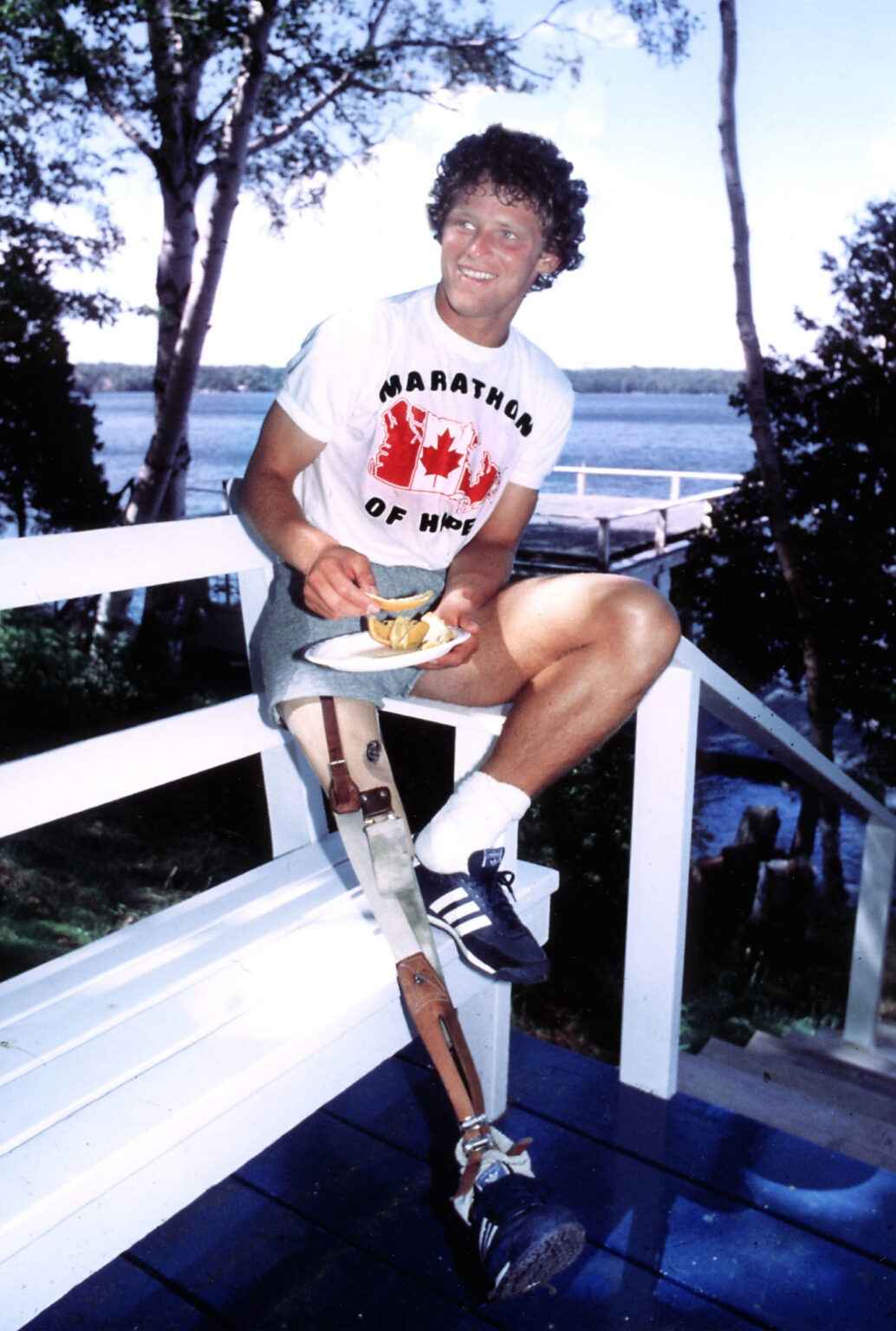
With the help of an artificial leg, Terry Fox was walking just three weeks after his amputation. Doctors were impressed by his positive attitude, which they believed contributed to his quick recovery.
Terry endured sixteen months of grueling chemotherapy, finding it incredibly challenging to witness fellow patients suffer and die from the disease.

In the summer of 1977, Rick Hansen, from the Canadian Wheelchair Sports Association, invited Terry to try out for his wheelchair basketball team.
Remarkably, within two months of learning the sport, Terry was named to the team for the national championship in Edmonton.
He won three national titles with the team and was named an all-star by the North American Wheelchair Basketball Association in 1980.
He embarked on his Marathon of Hope to raise awareness and funds for cancer research

The night before his cancer surgery, Terry Fox was given an article about Dick Traum, the first amputee to complete the New York City Marathon. This story inspired Terry to embark on a 14-month training program, during which he told his family he planned to compete in a marathon.
In addition to training for a marathon, Fox privately planned to run across Canada to raise awareness and funds for cancer research.
His experiences in the hospital had fueled his determination, as he was deeply moved by the suffering of others and frustrated by the lack of funding for cancer research.
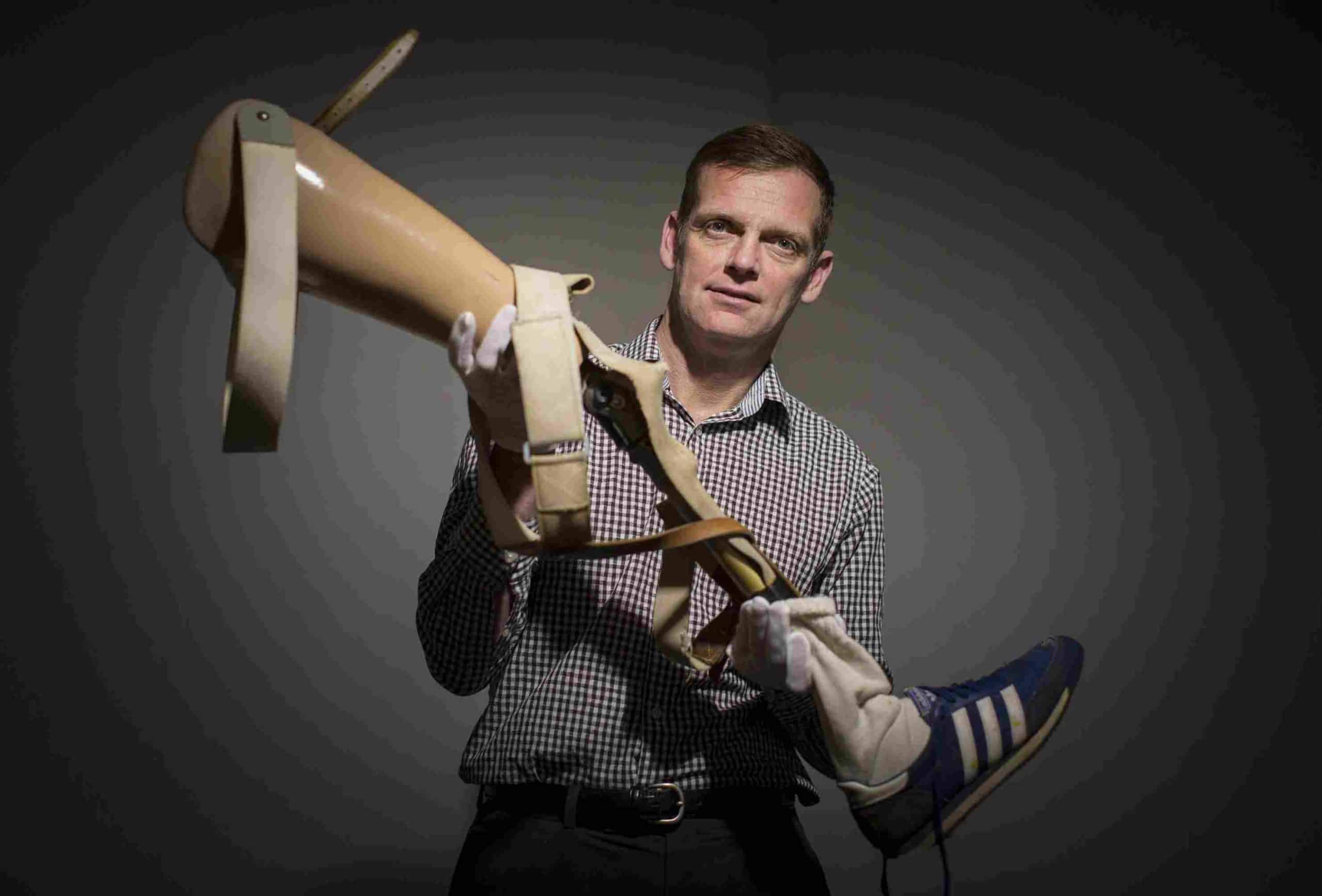
Fox faced numerous challenges during his journey. The limitations of his artificial leg made each run physically taxing. He endured bone bruises, blisters, and intense pain but found solace as the pain diminished after about twenty minutes of running.
On September 2, 1979, he participated in a road race in Prince George’s, finishing last but receiving heartfelt support from the crowd. His family initially discouraged his ambitious plan, but his perseverance won them over.
Terry sent a letter to the Canadian Cancer Society in October 1979 to seek support. Although skeptical, the Society agreed to back him if he could secure sponsors. Terry’s determination paid off, with companies like Ford and Adidas providing a camper van, fuel, and running shoes.
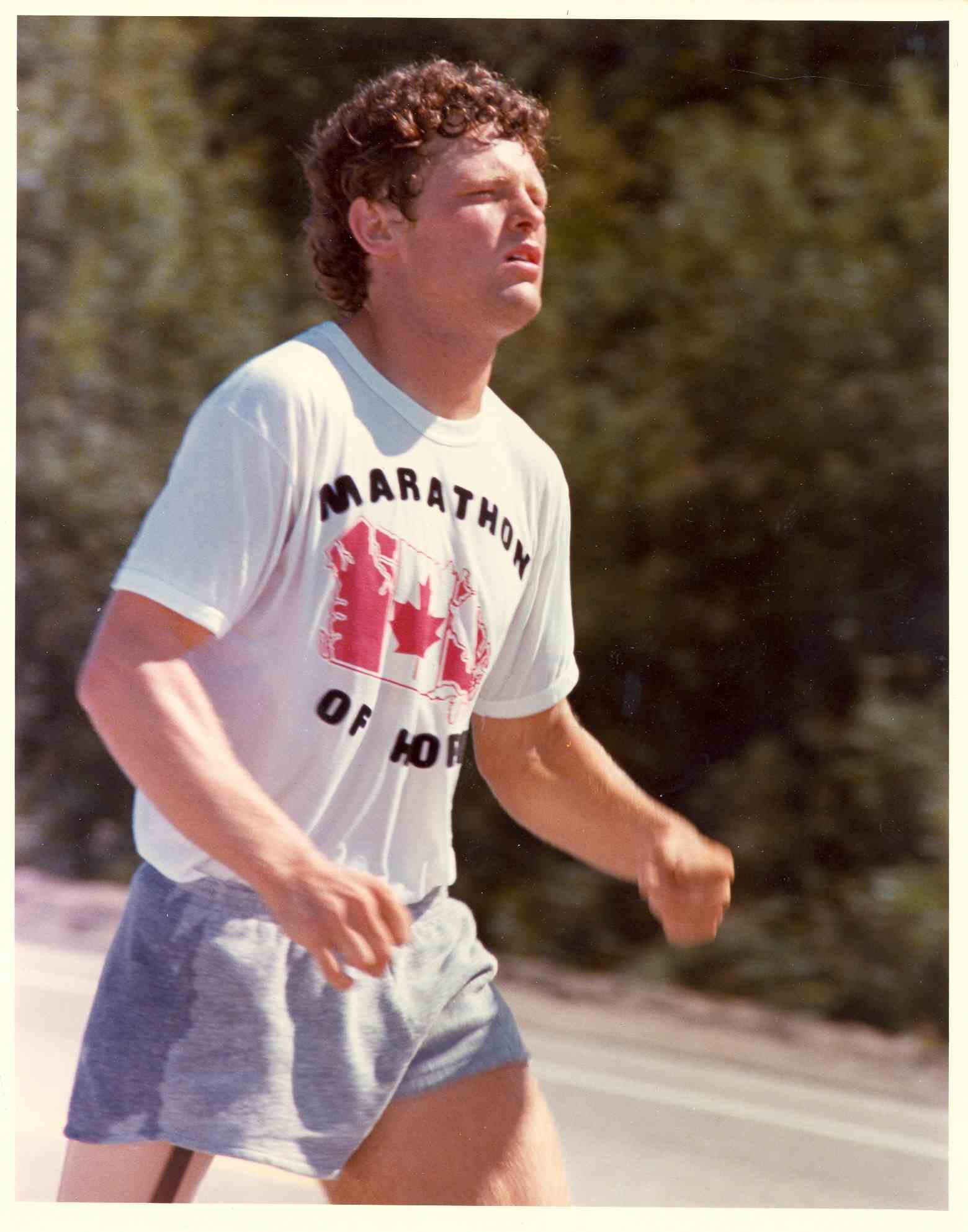
On April 12, 1980, Terry began his Marathon of Hope by dipping his artificial leg in the Atlantic Ocean in St. John’s, Newfoundland.
Despite harsh weather conditions and early struggles with local support, he was eventually greeted with overwhelming enthusiasm as his journey progressed.
By the time he reached Toronto, Fox was met by massive crowds, and donations were poured in, with $100,000 raised in one day alone.

His run garnered national attention, and he was greeted by thousands and celebrated by prominent figures.
Unfortunately, on September 1, 1980, after 143 days and 5,373 kilometers, he was forced to stop after discovering that his cancer had spread to his lungs.
His Marathon of Hope raised $1.7 million initially, and the subsequent telethon and donations increased the total to over $23 million.
Upon his passing, he received an unprecedented honor from the Government of Canada
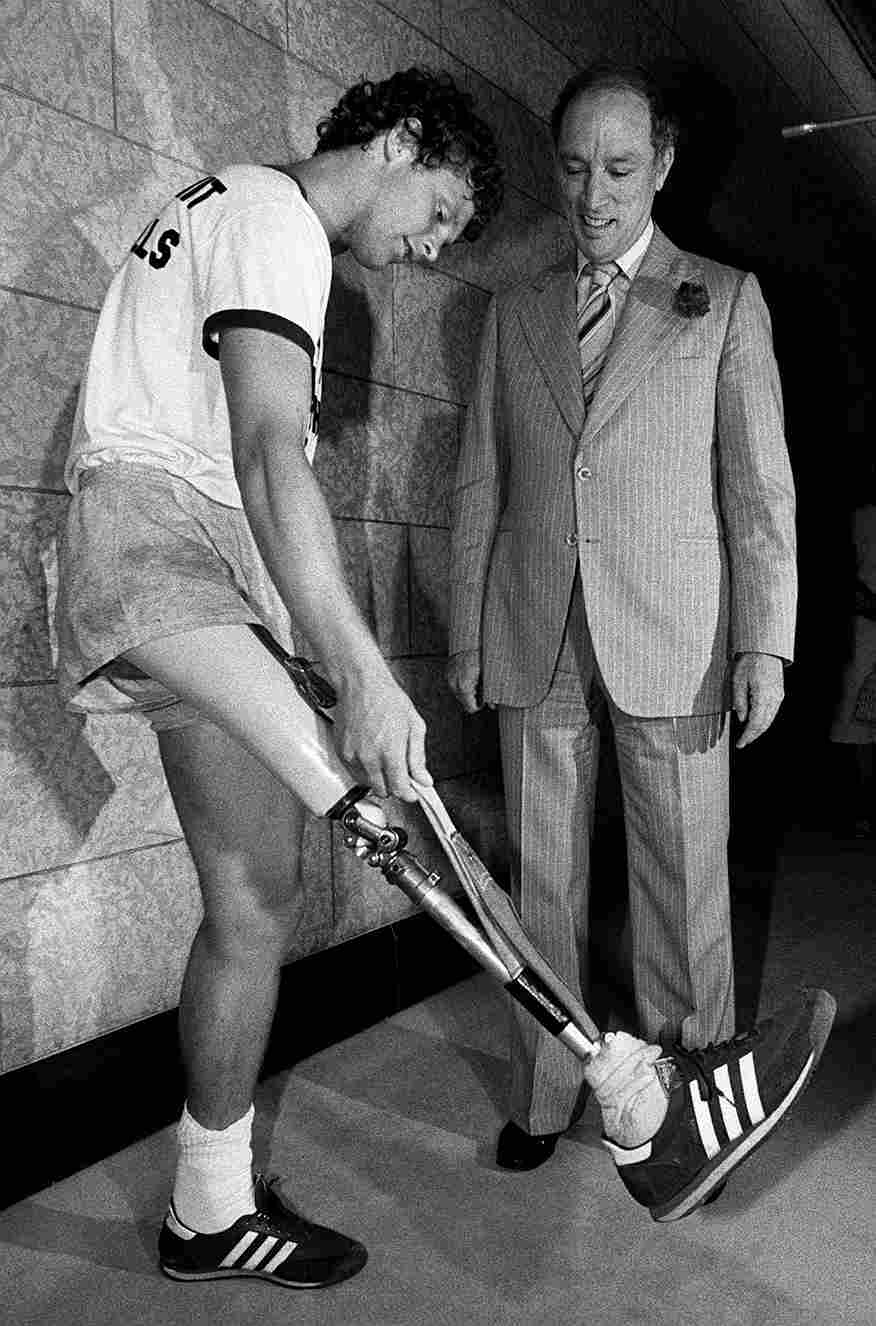
As Terry Fox’s health declined, the battle against his cancer intensified. Despite undergoing multiple rounds of chemotherapy, his condition continued to deteriorate.
The Canadian public held onto hope for a miracle, and even Pope John Paul II offered words of encouragement, stating he was praying for Fox.
Doctors explored experimental interferon treatments, although their success in treating Fox’s specific type of cancer, osteogenic sarcoma, was uncertain. Initially, Fox experienced a severe reaction to the treatment but persisted after a brief respite.
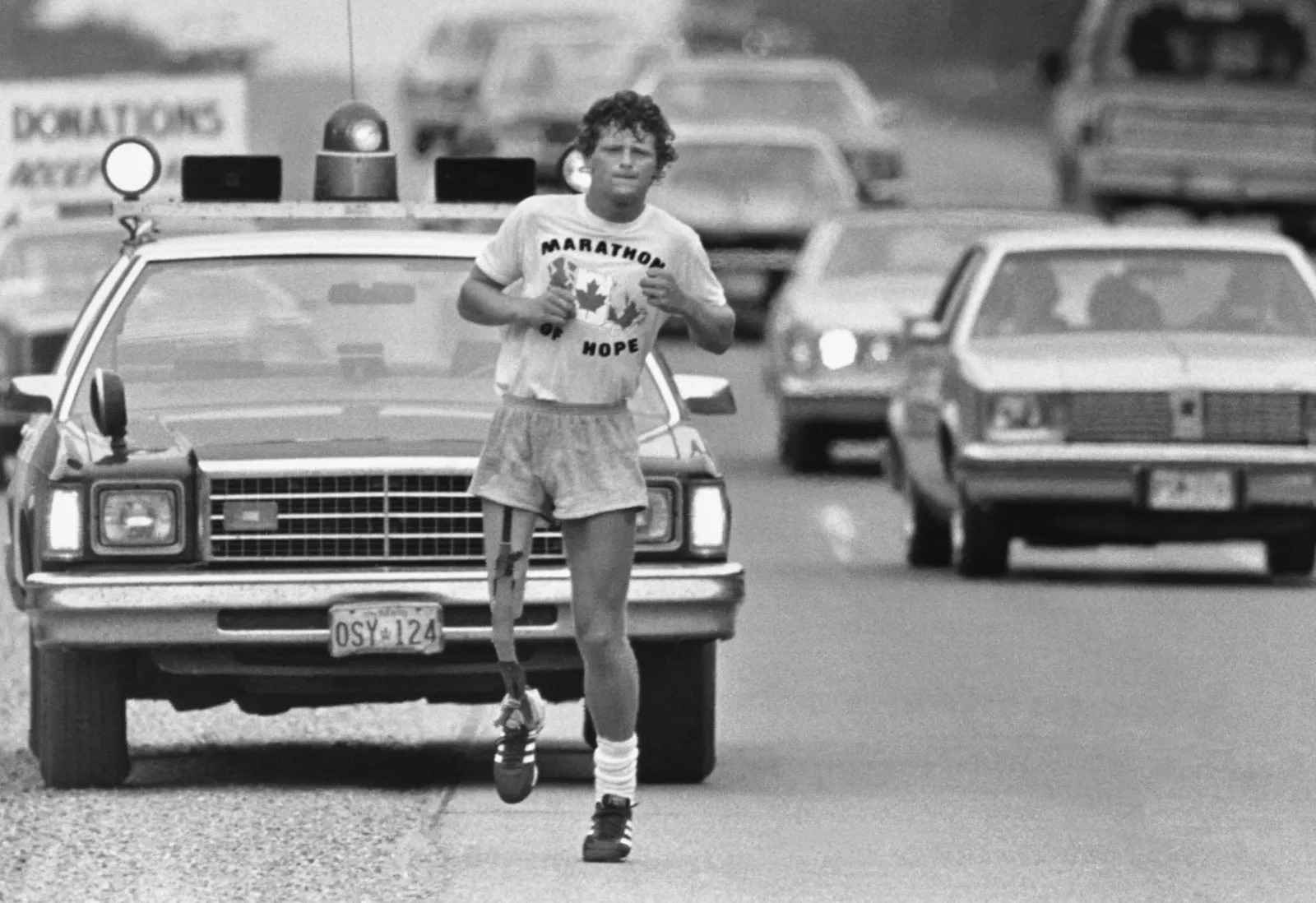
On June 19, 1981, Fox was readmitted to the Royal Columbian Hospital in New Westminster with chest congestion, which soon developed into pneumonia. Tragically, his condition worsened, and he fell into a coma.
At 4:35 a.m. PDT on June 28, 1981, Fox passed away. In a rare and profound gesture, the Canadian Government ordered flags to be flown at half-mast—a tribute usually reserved for prominent statesmen.

Prime Minister Pierre Trudeau addressed the House of Commons to celebrate Fox’s indomitable spirit rather than viewing him as a victim of misfortune.
Fox’s funeral in Port Coquitlam drew an intimate crowd of family and friends. The event was broadcast nationwide, and numerous communities held their memorial services to honor him.
A public memorial service on Parliament Hill in Ottawa further reflected the national grief and admiration for Fox’s legacy. Donations to the Canadian Cancer Society surged once more, underscoring the widespread impact of Fox’s Marathon of Hope.
He left a lasting and inspiring legacy
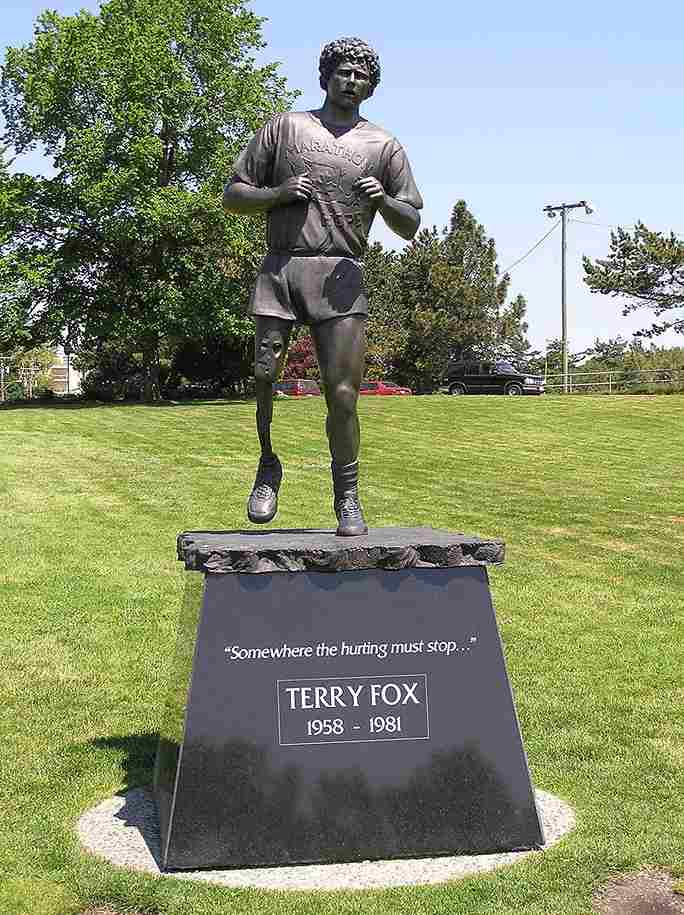
His extraordinary journey earned him the prestigious title of Companion of the Order of Canada as the youngest person ever to receive this honor. Across the country, 14 roads, 15 schools, and a 52-mile stretch of the Trans-Canada Highway bear his name.
Each year, millions of people from over 30 countries join in the Terry Fox Run and other fundraising events.
In 1999, a national survey named Fox “Canada’s Greatest Hero,” and he narrowly missed the top spot in 2004’s “The Greatest Canadian” contest, where he was only surpassed by Tommy Douglas.
The success of his initial run, which raised nearly $2 million, laid the groundwork for a legacy that has since amassed over $900 million for cancer research.

